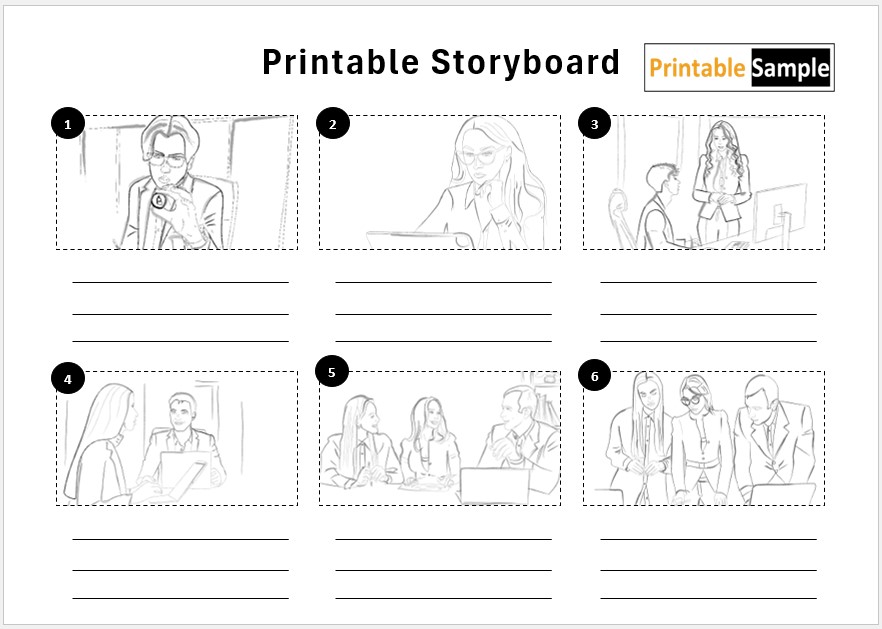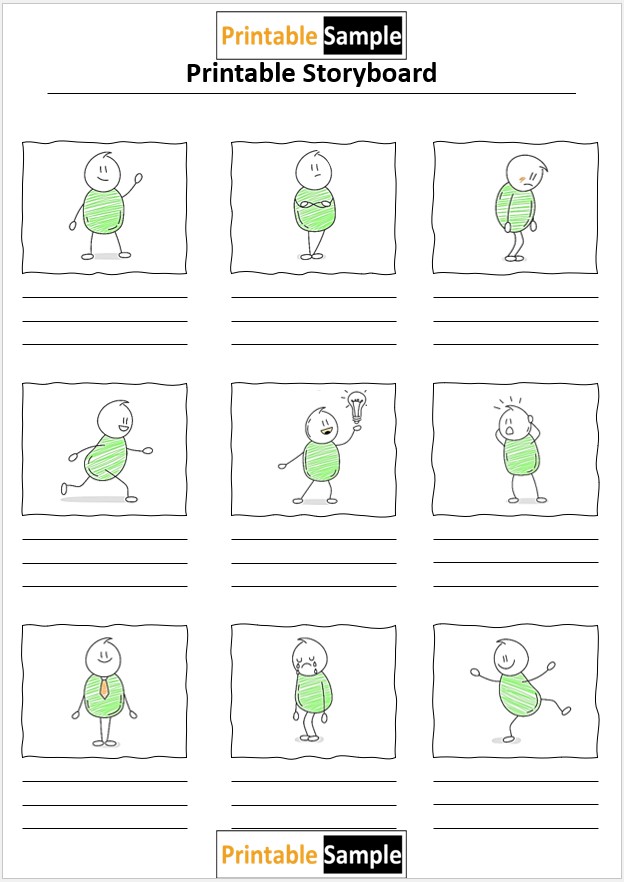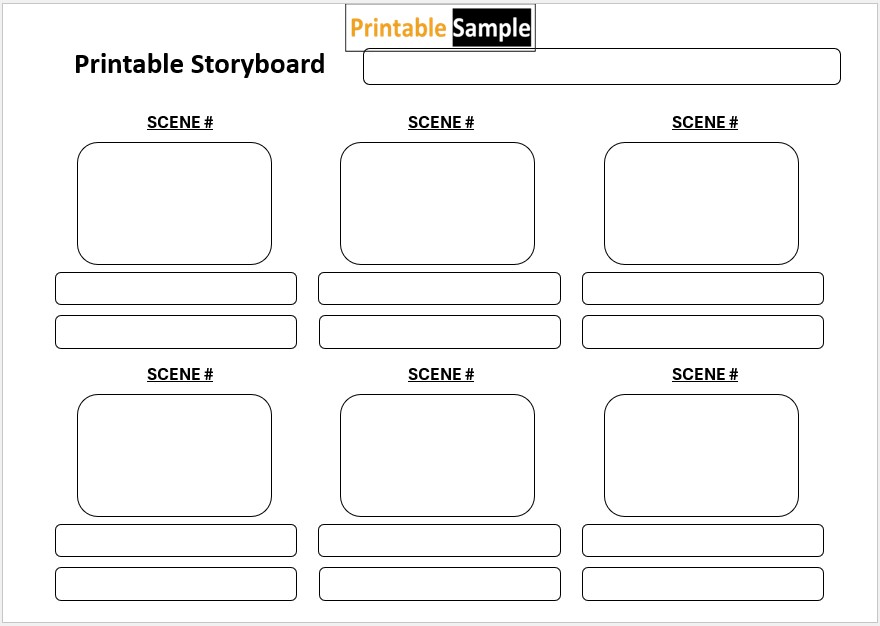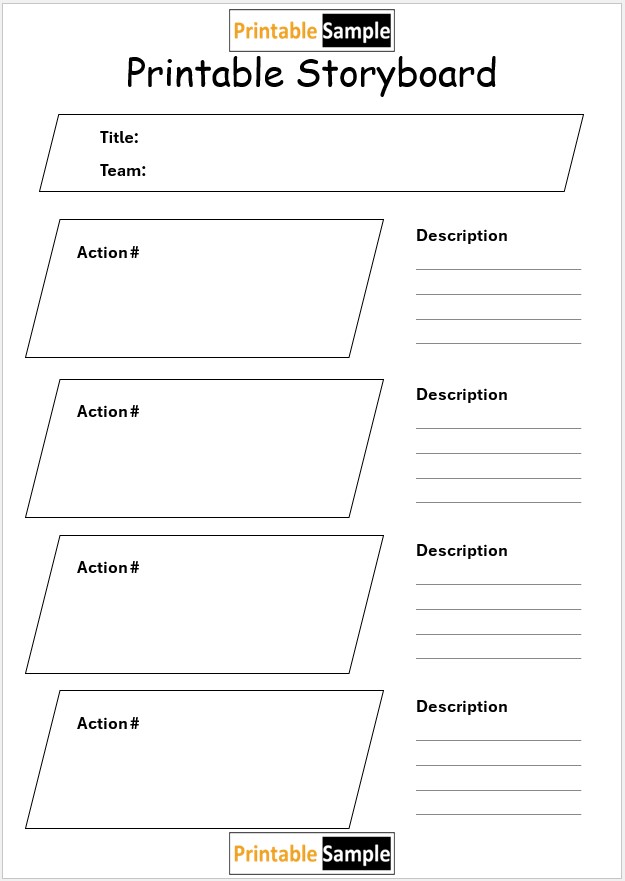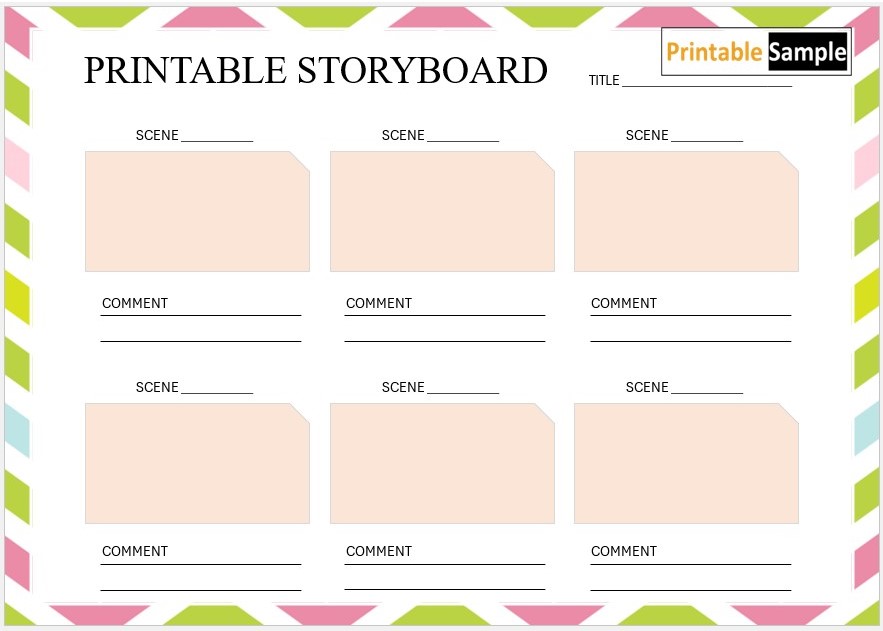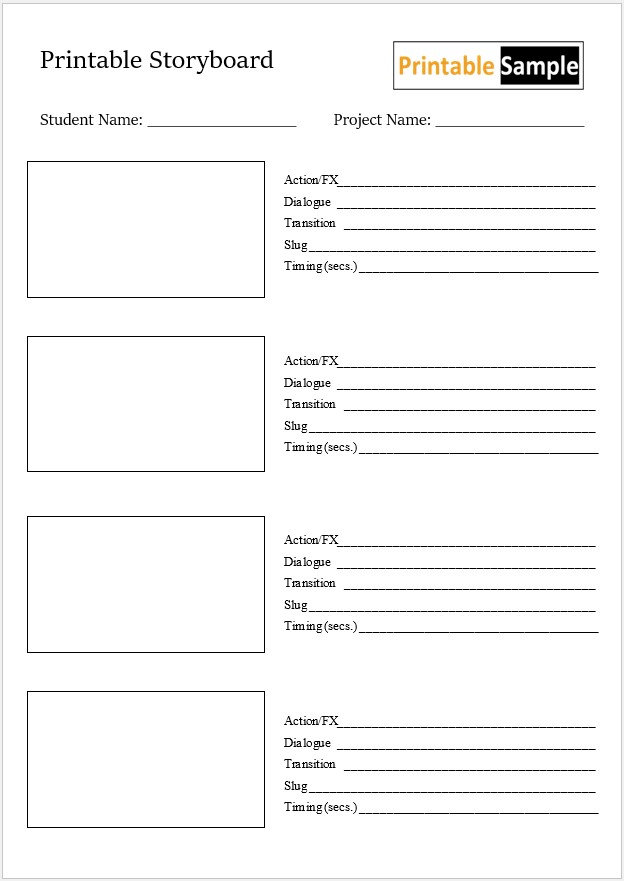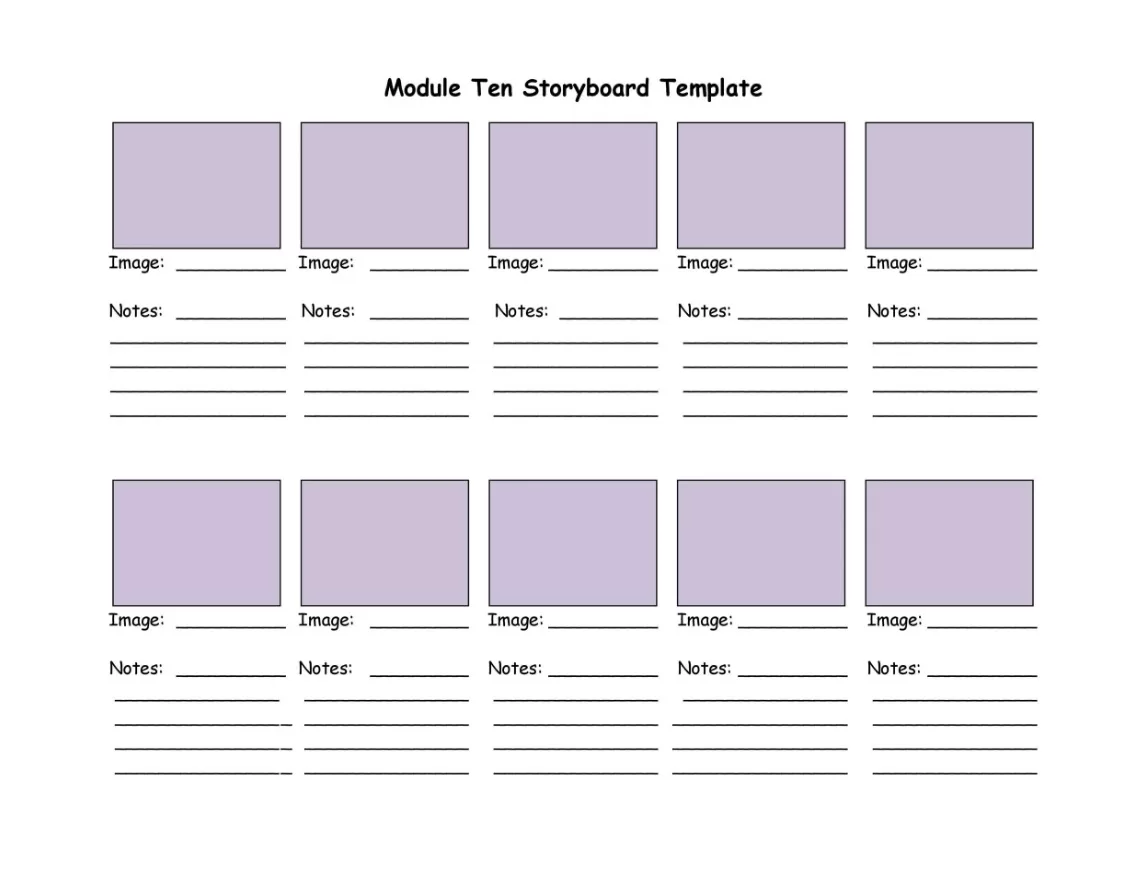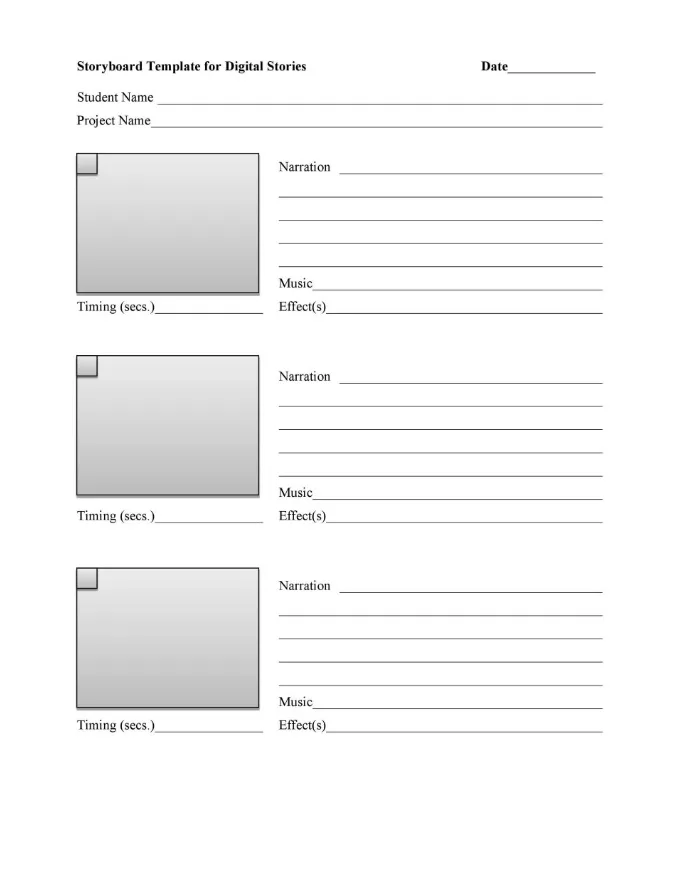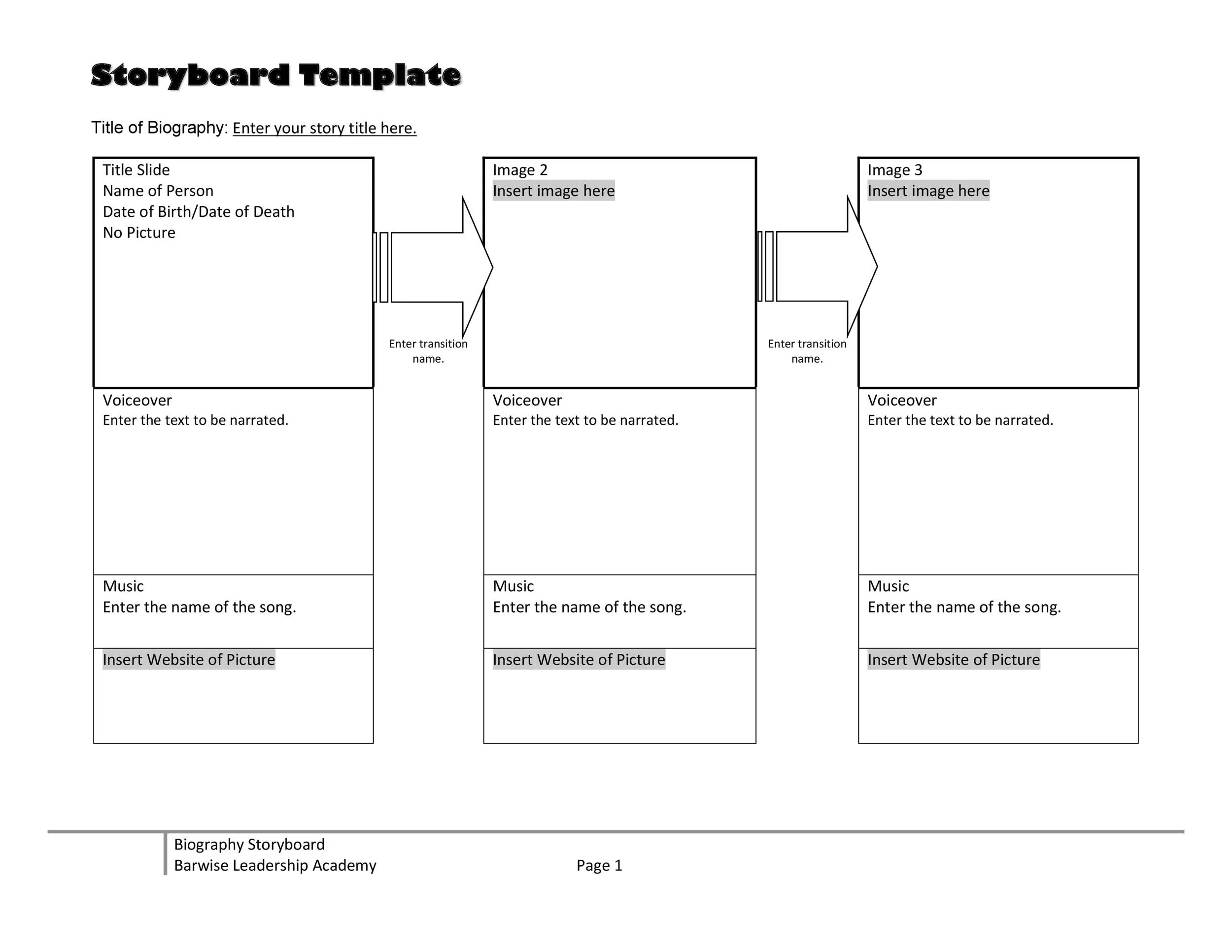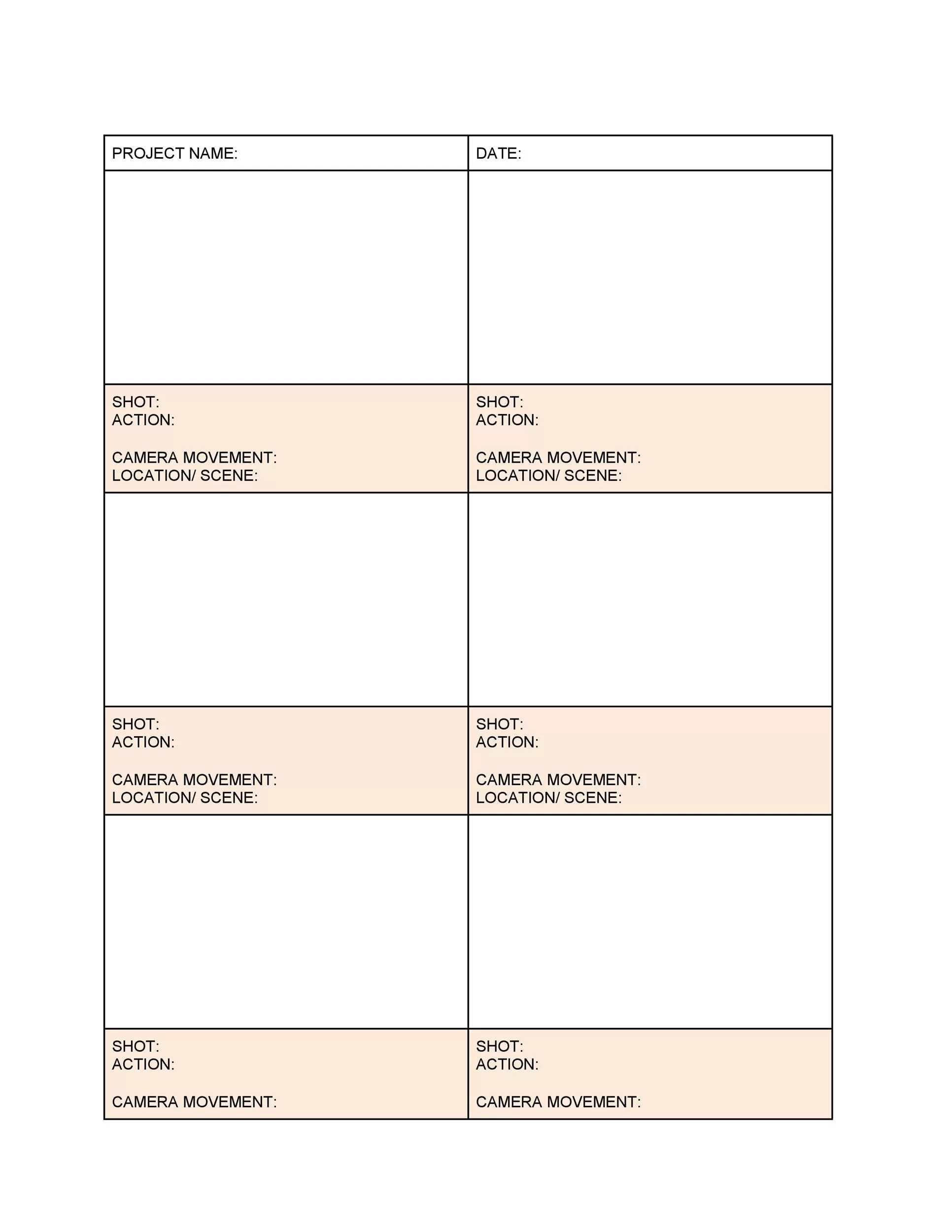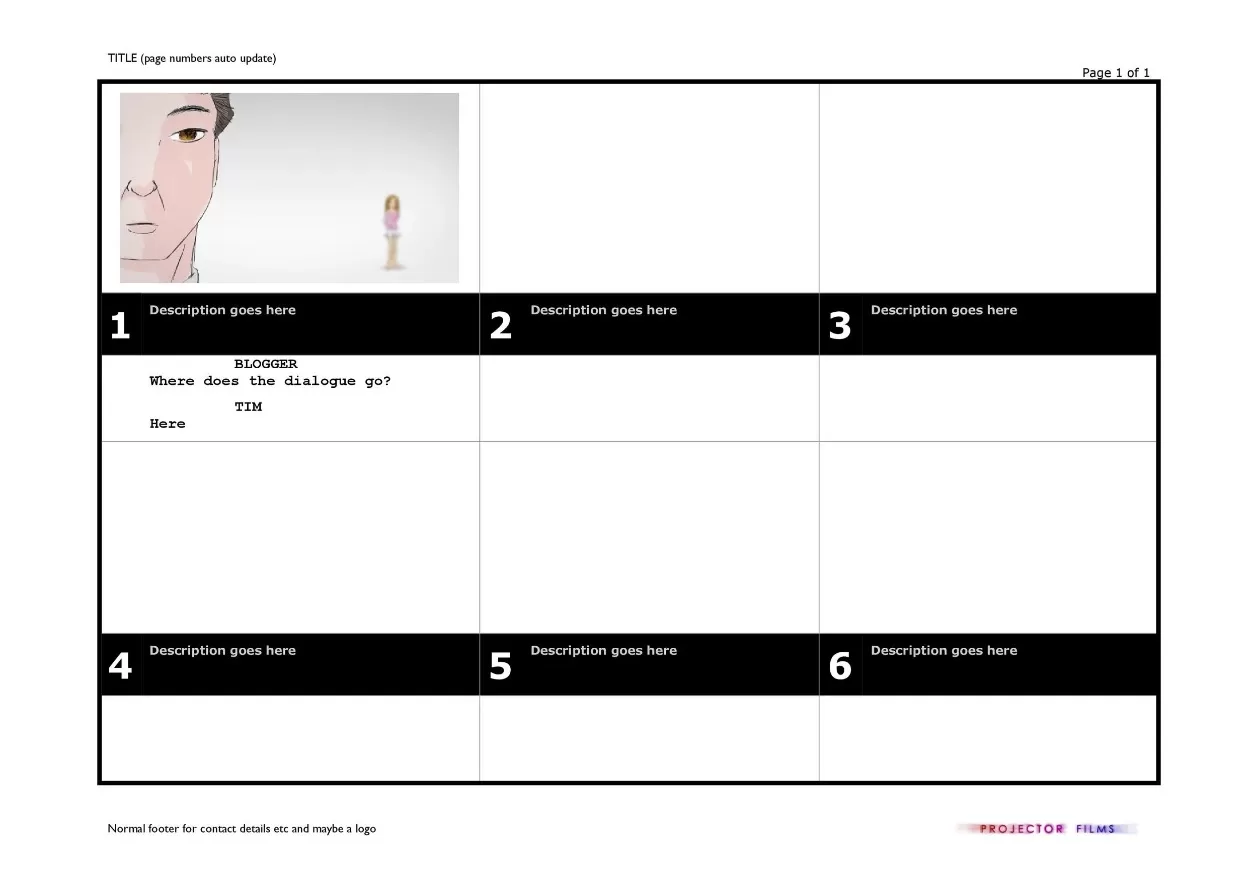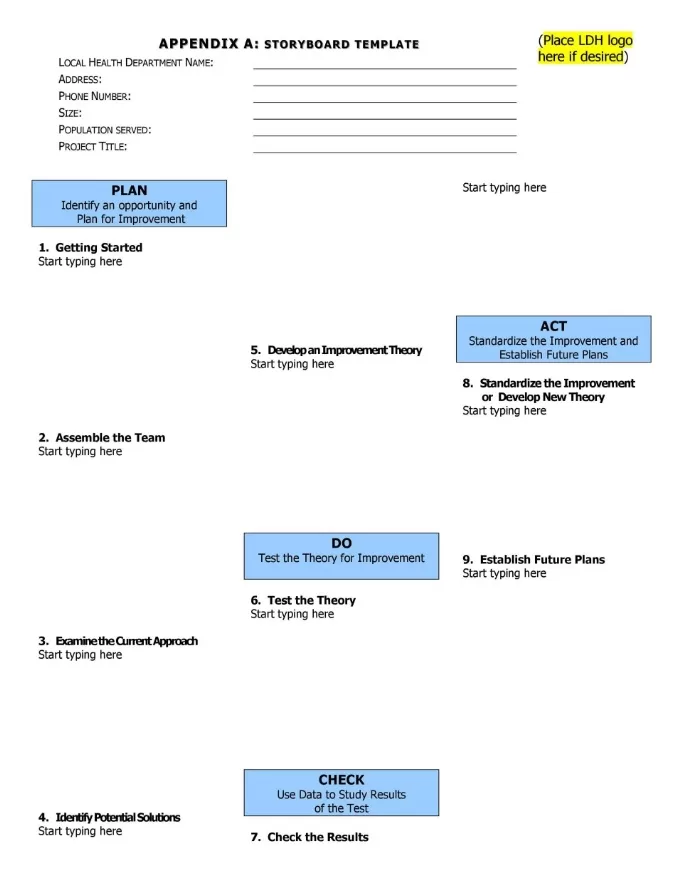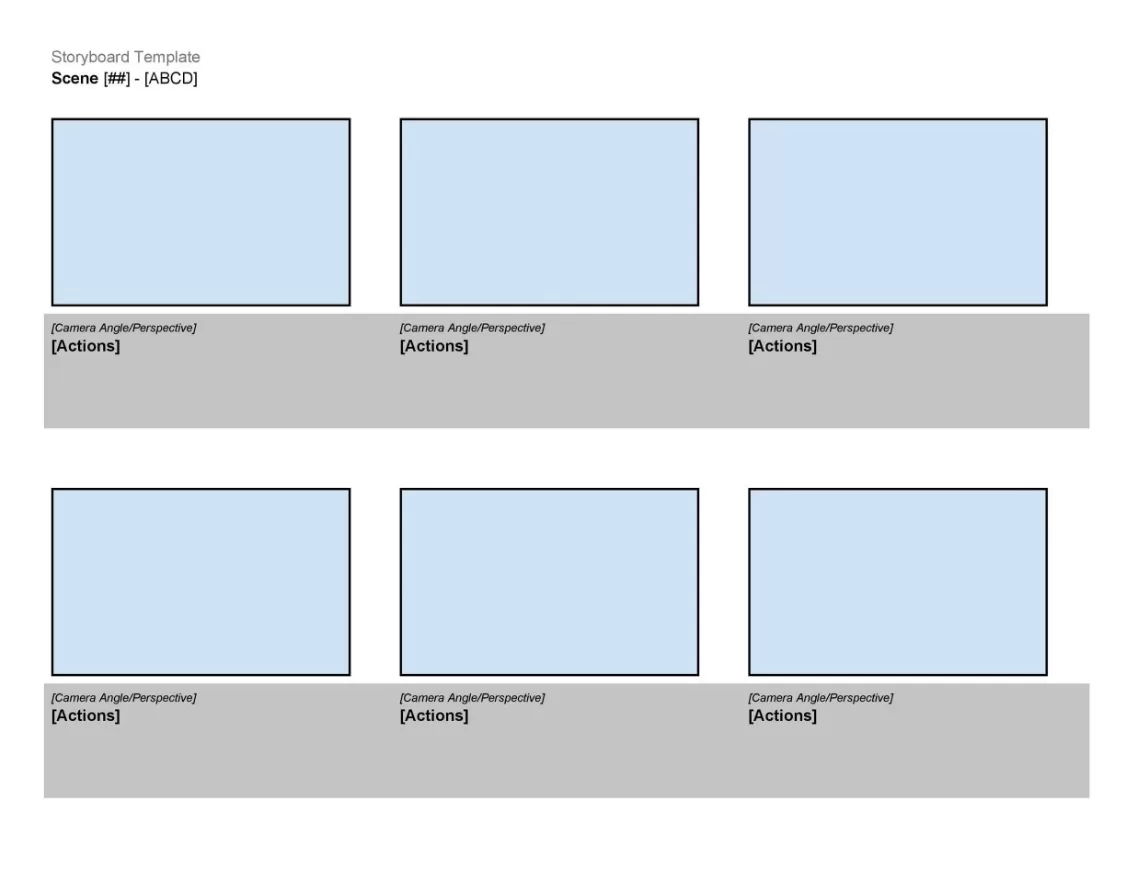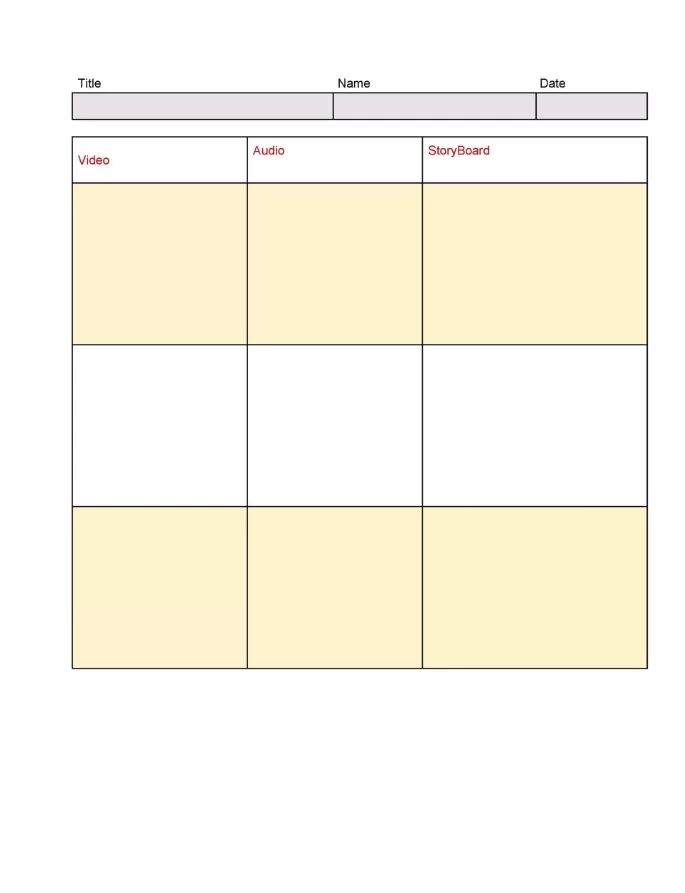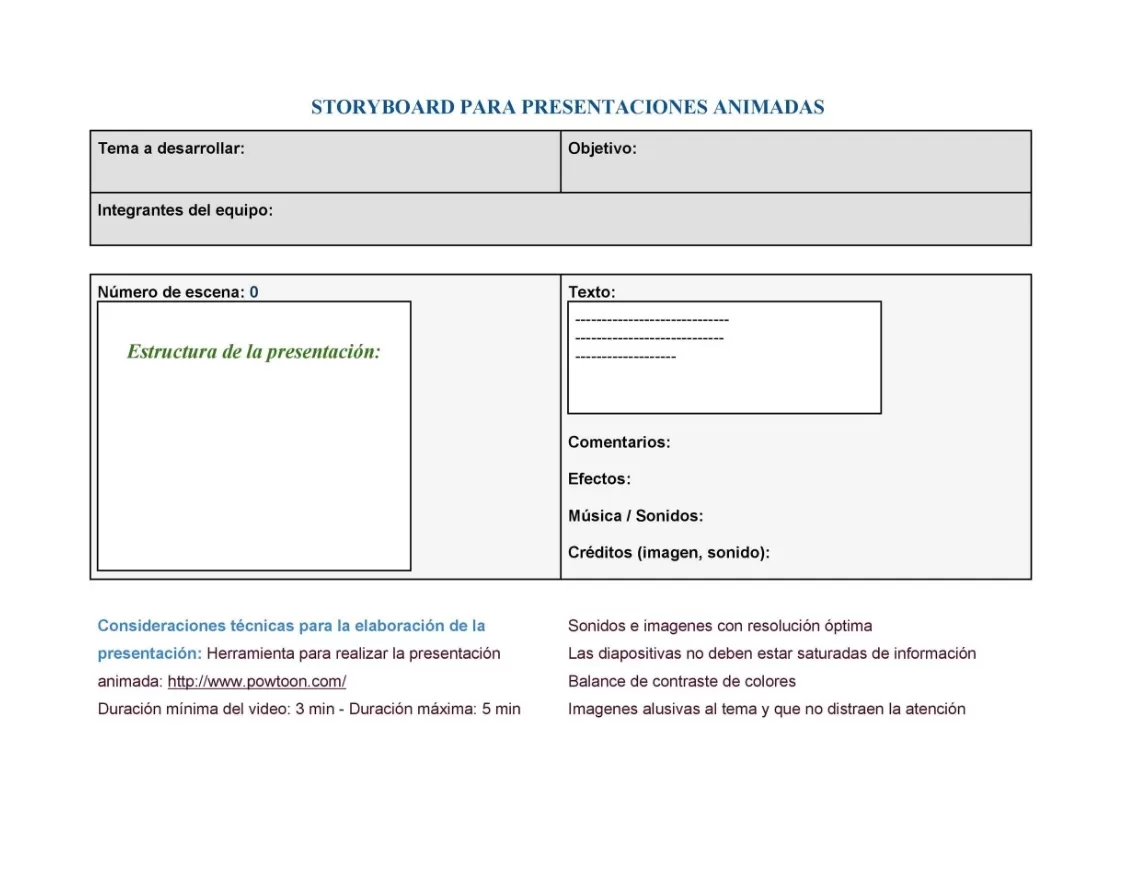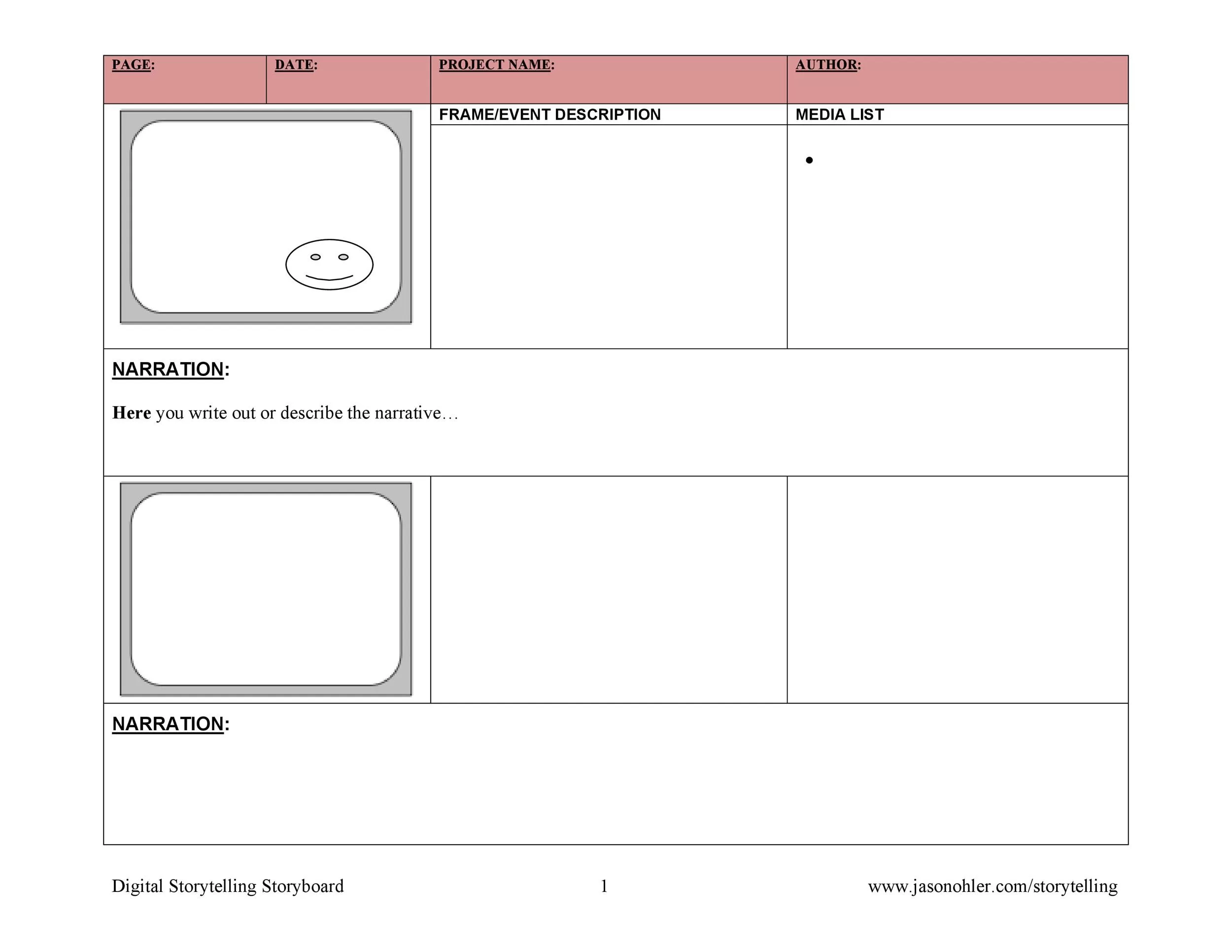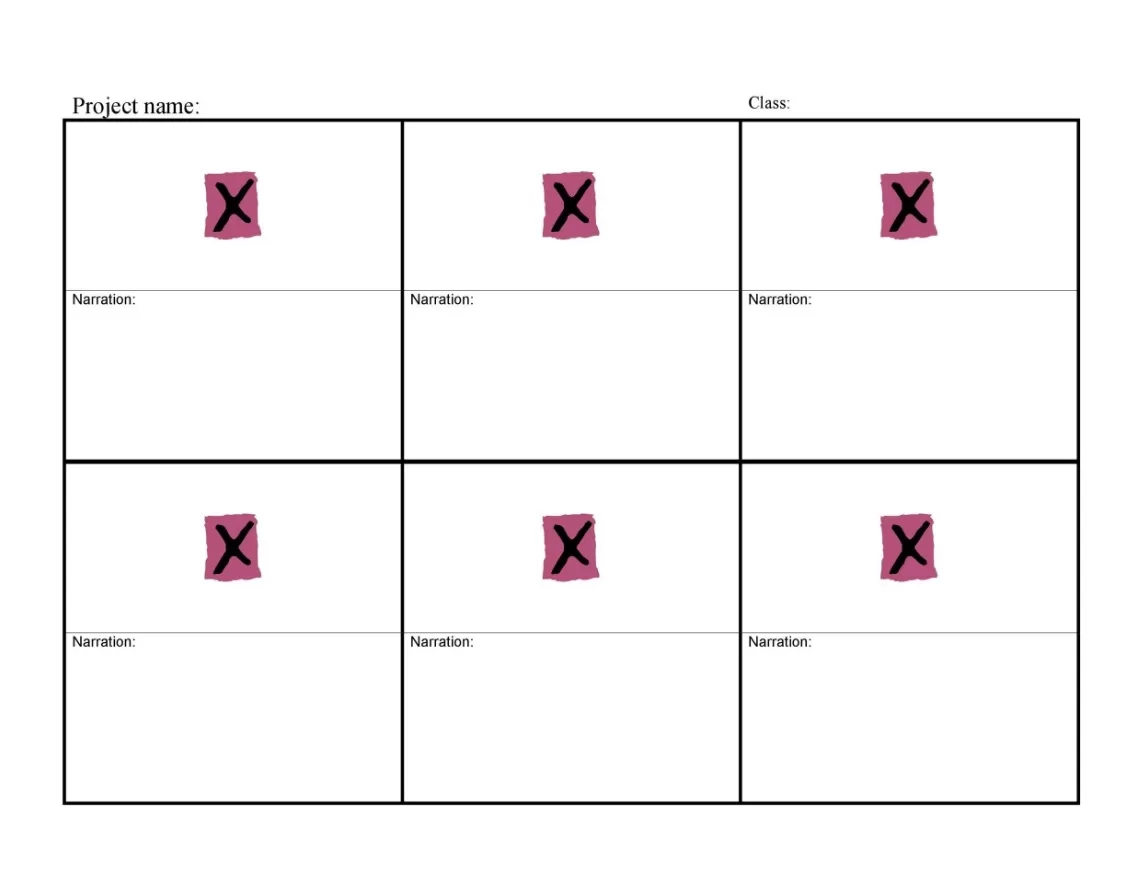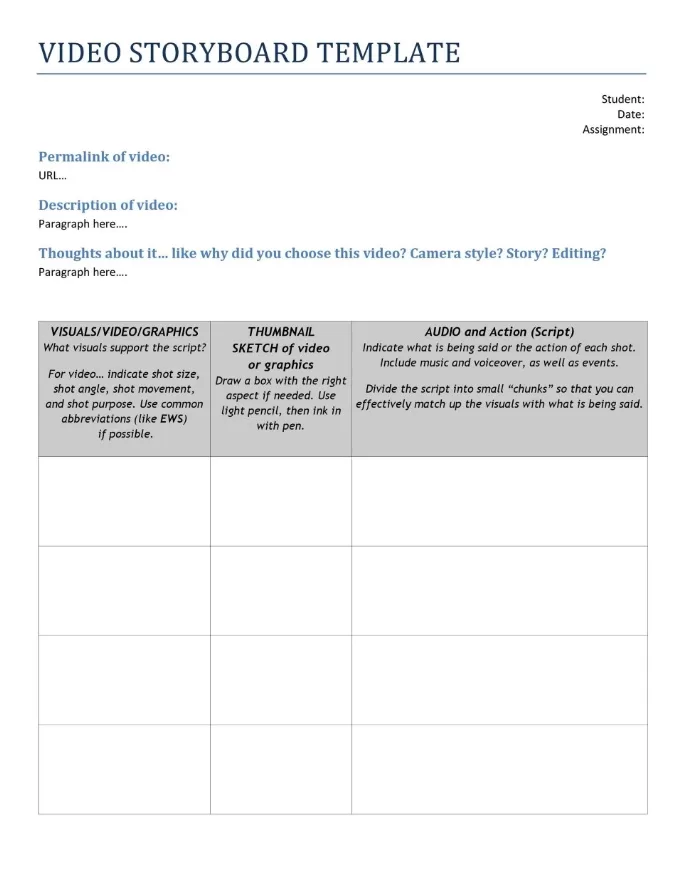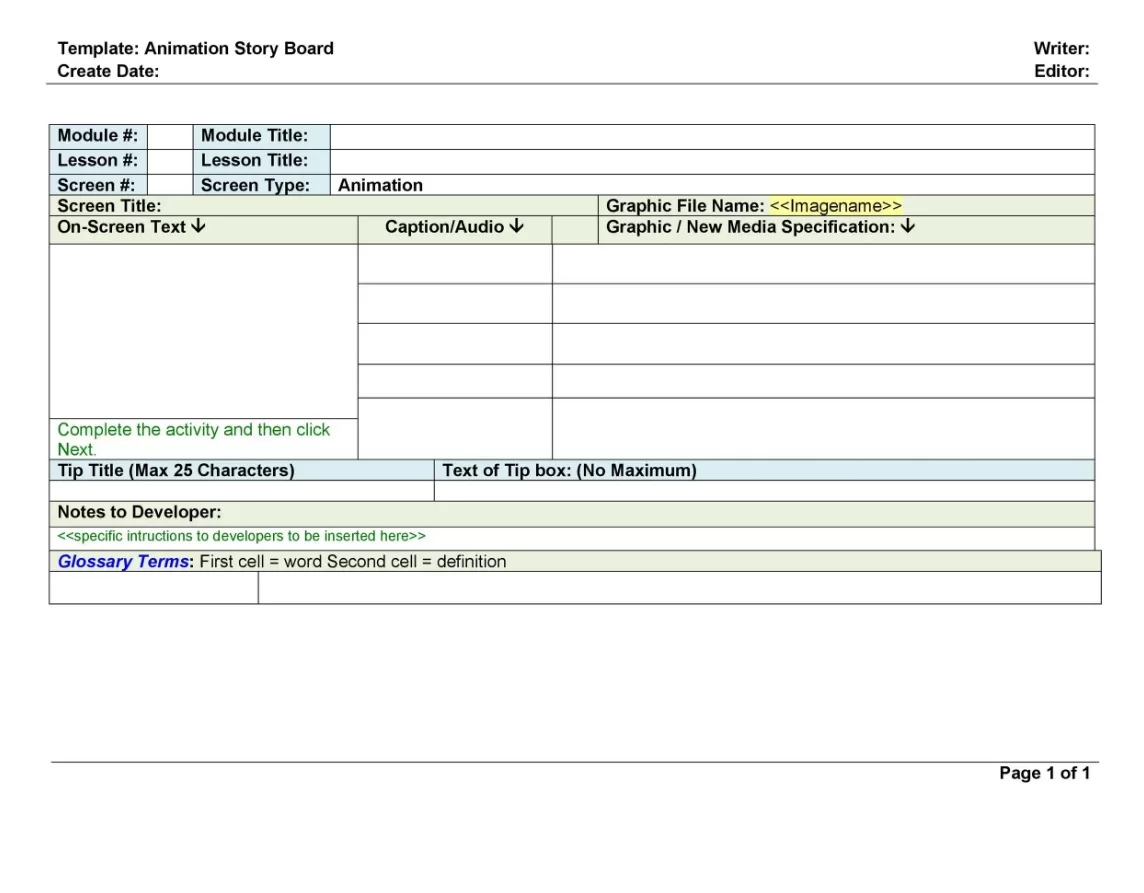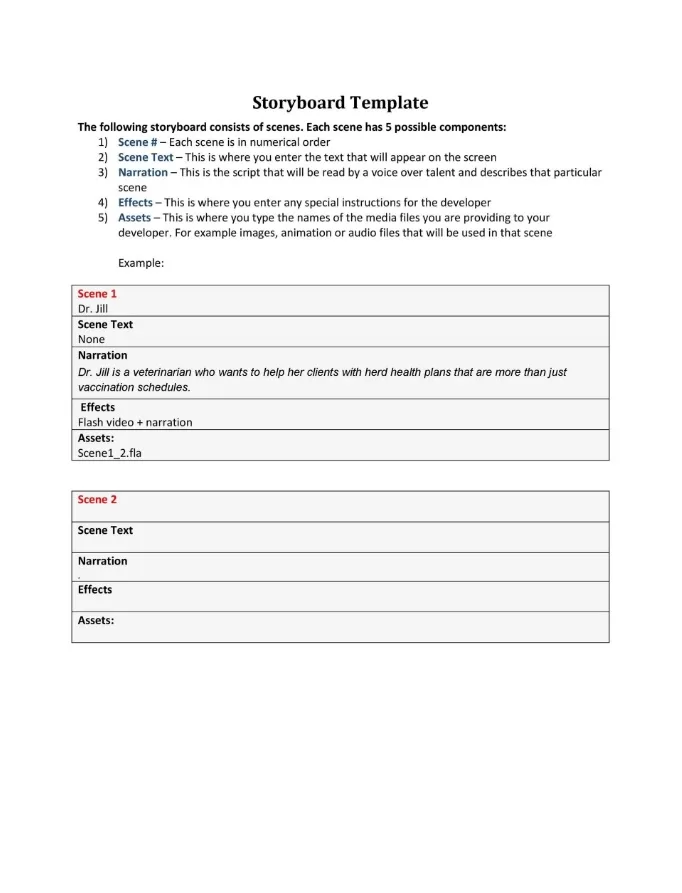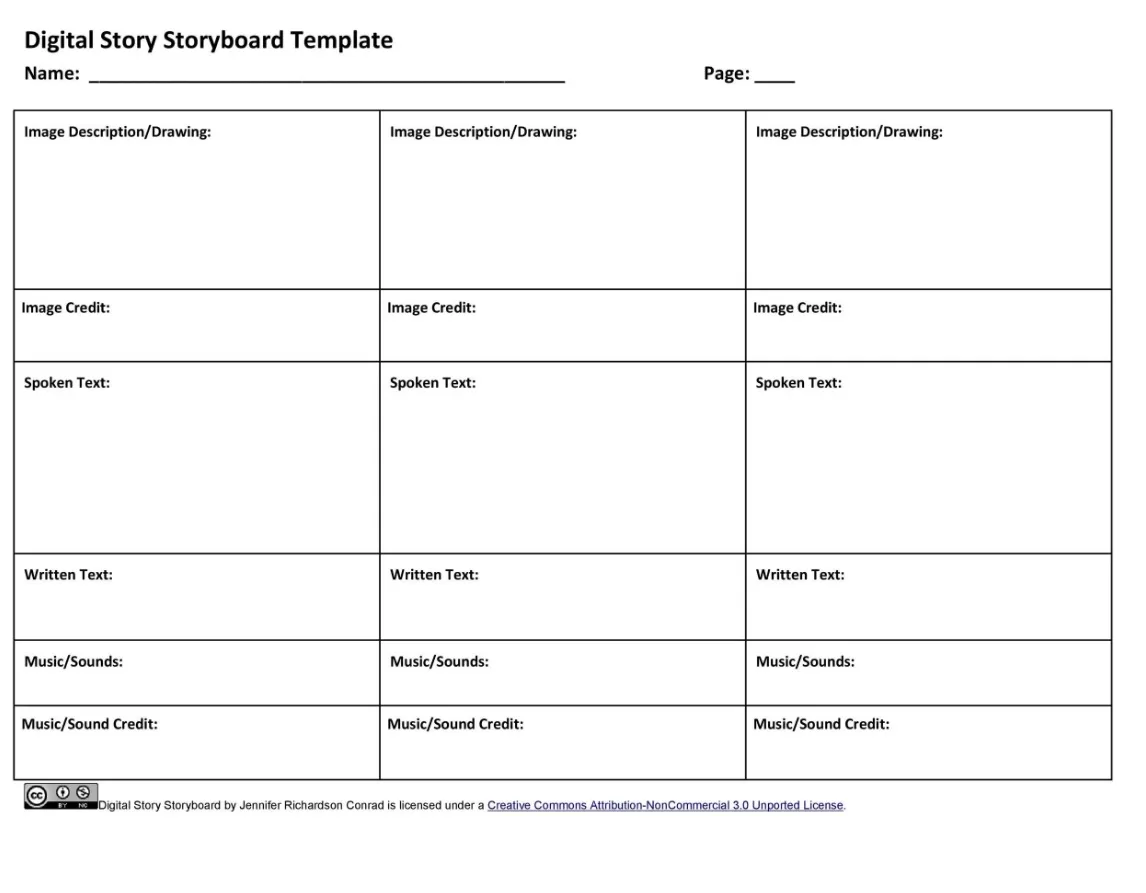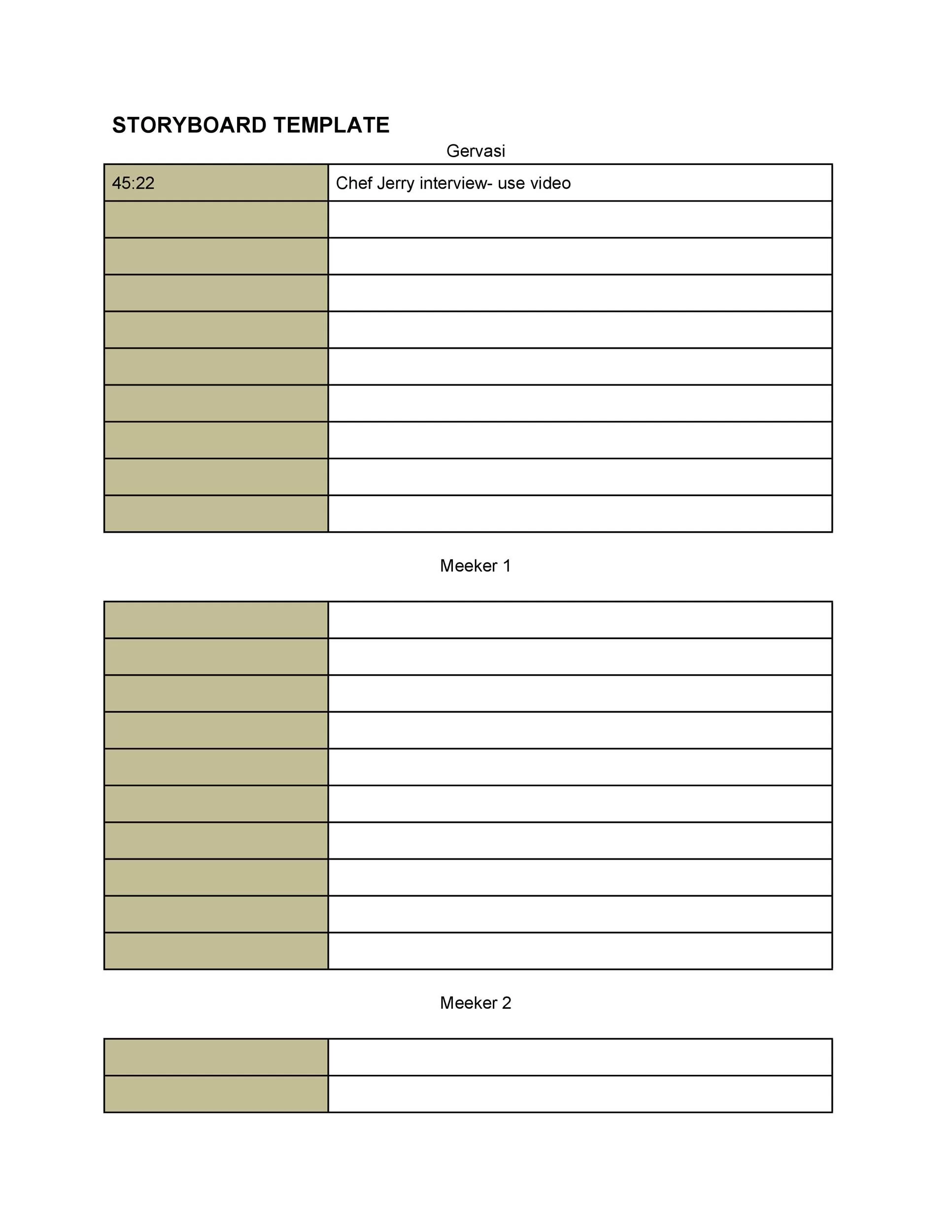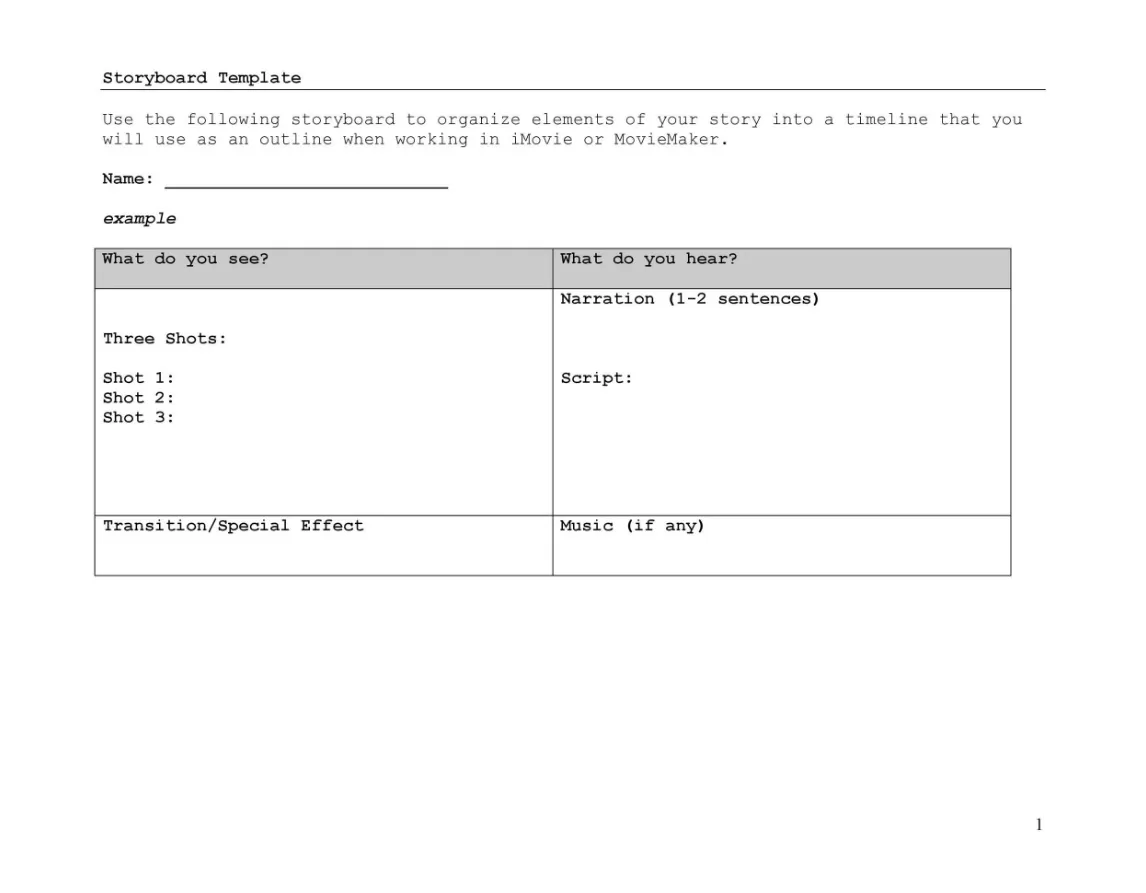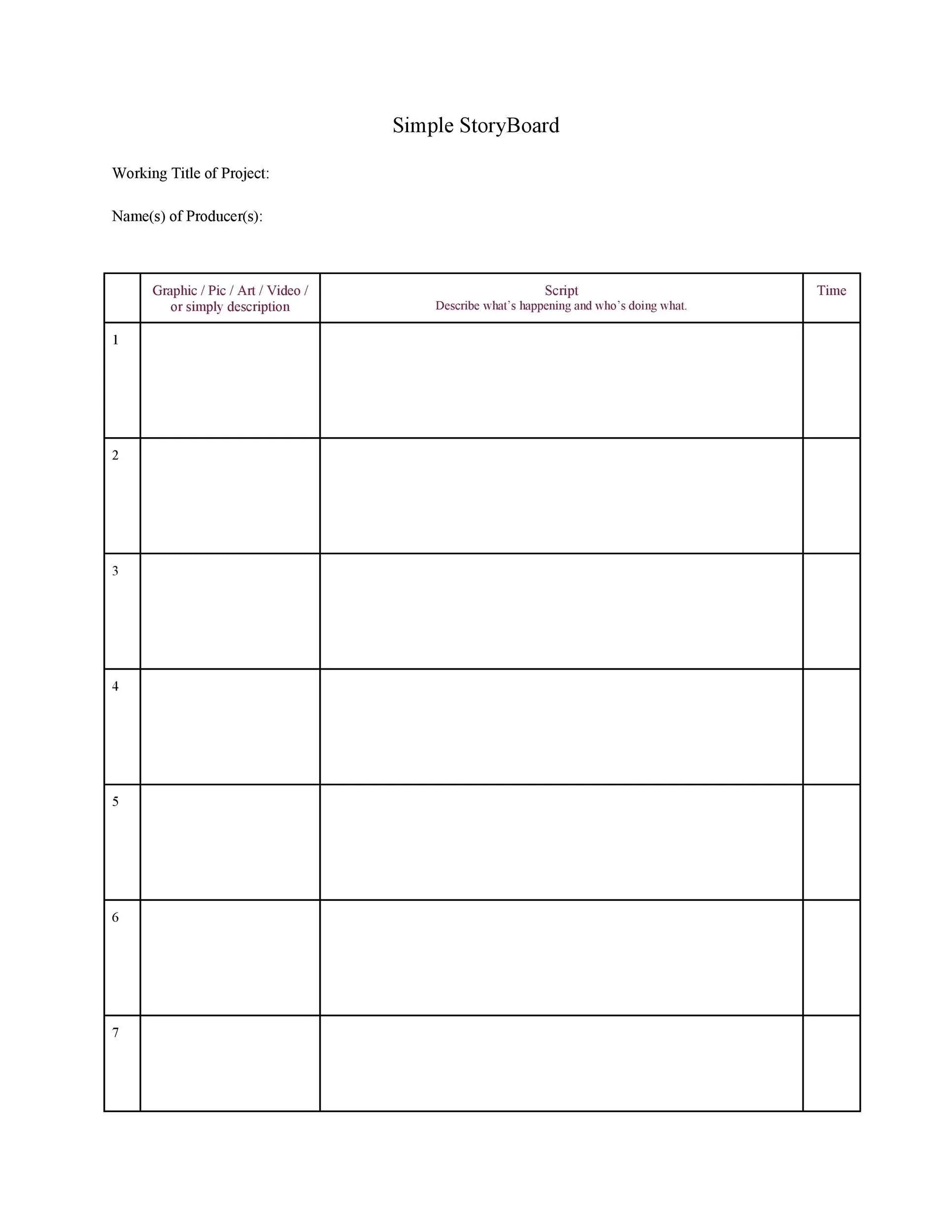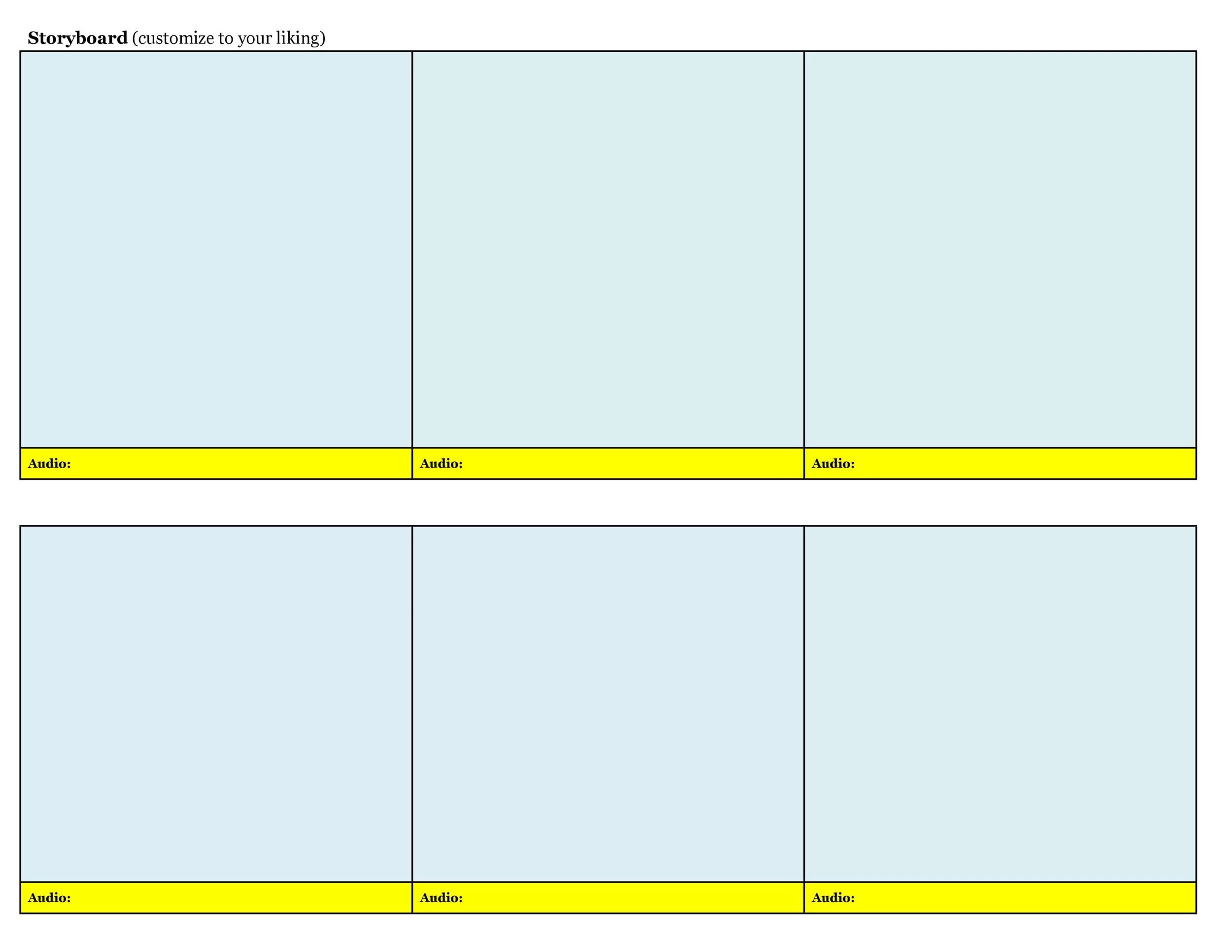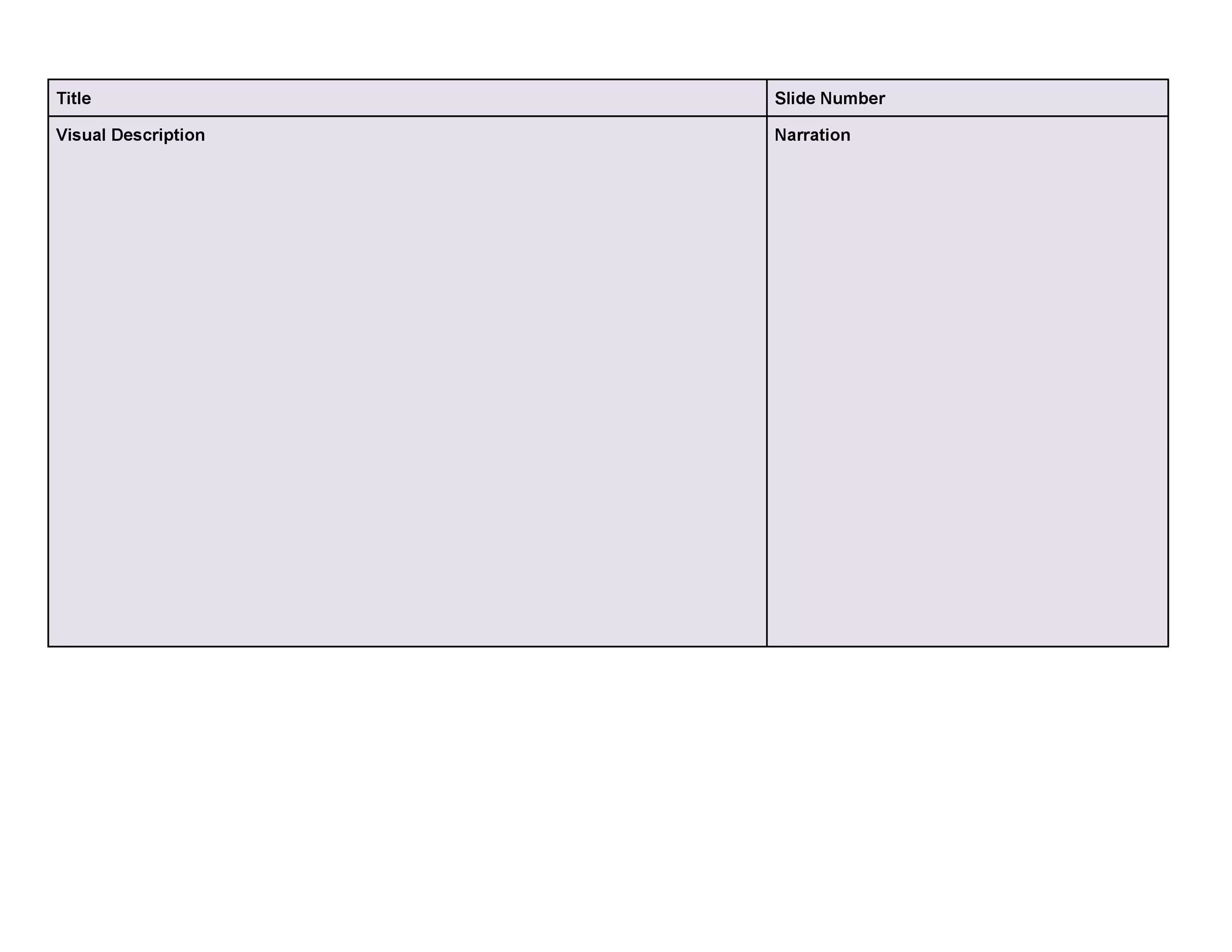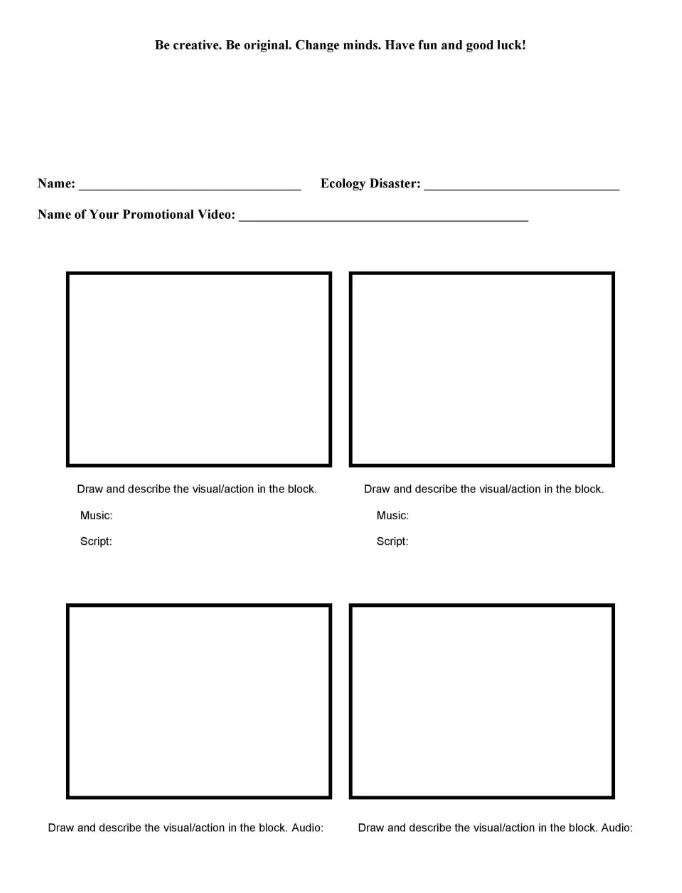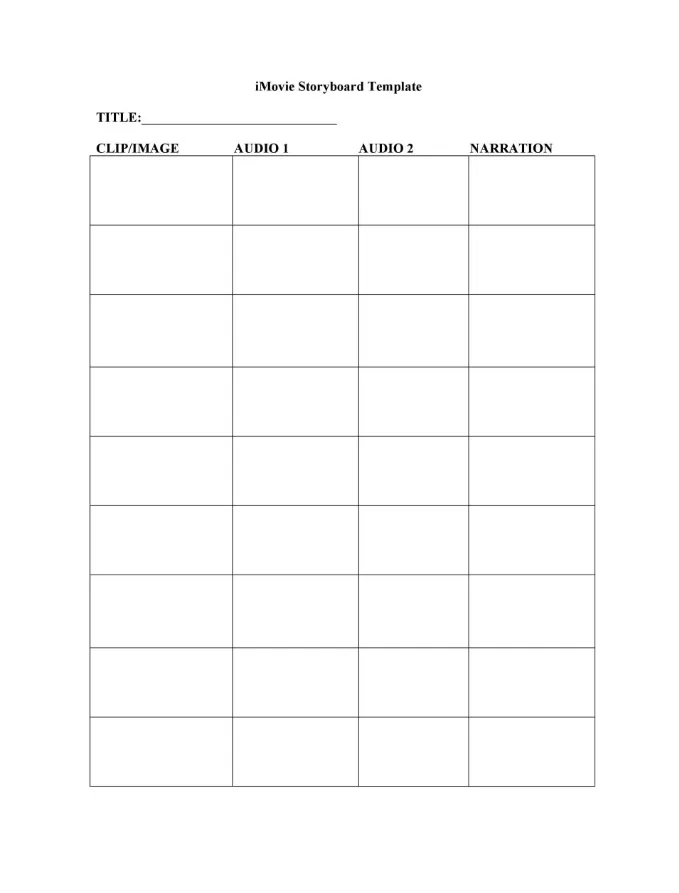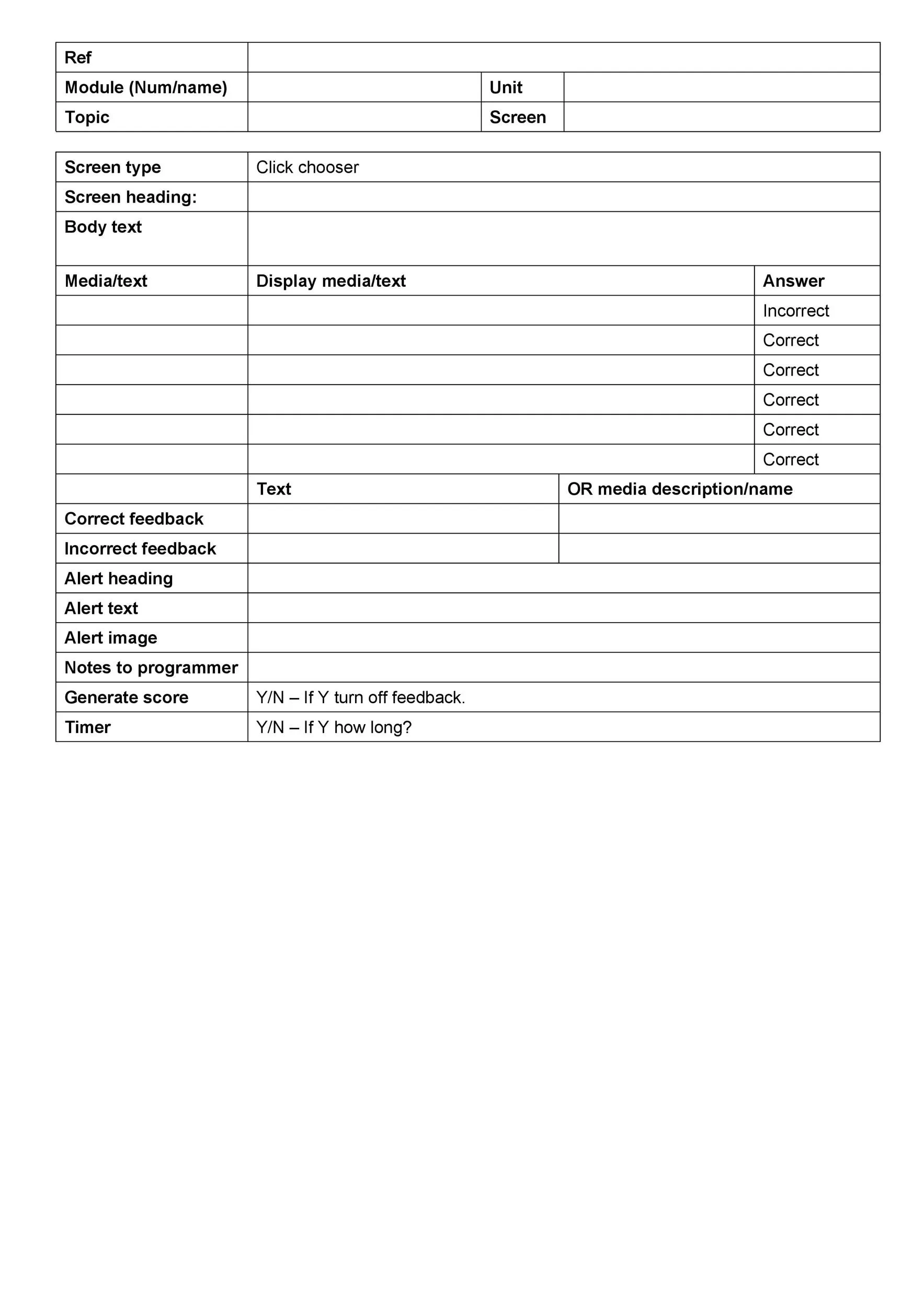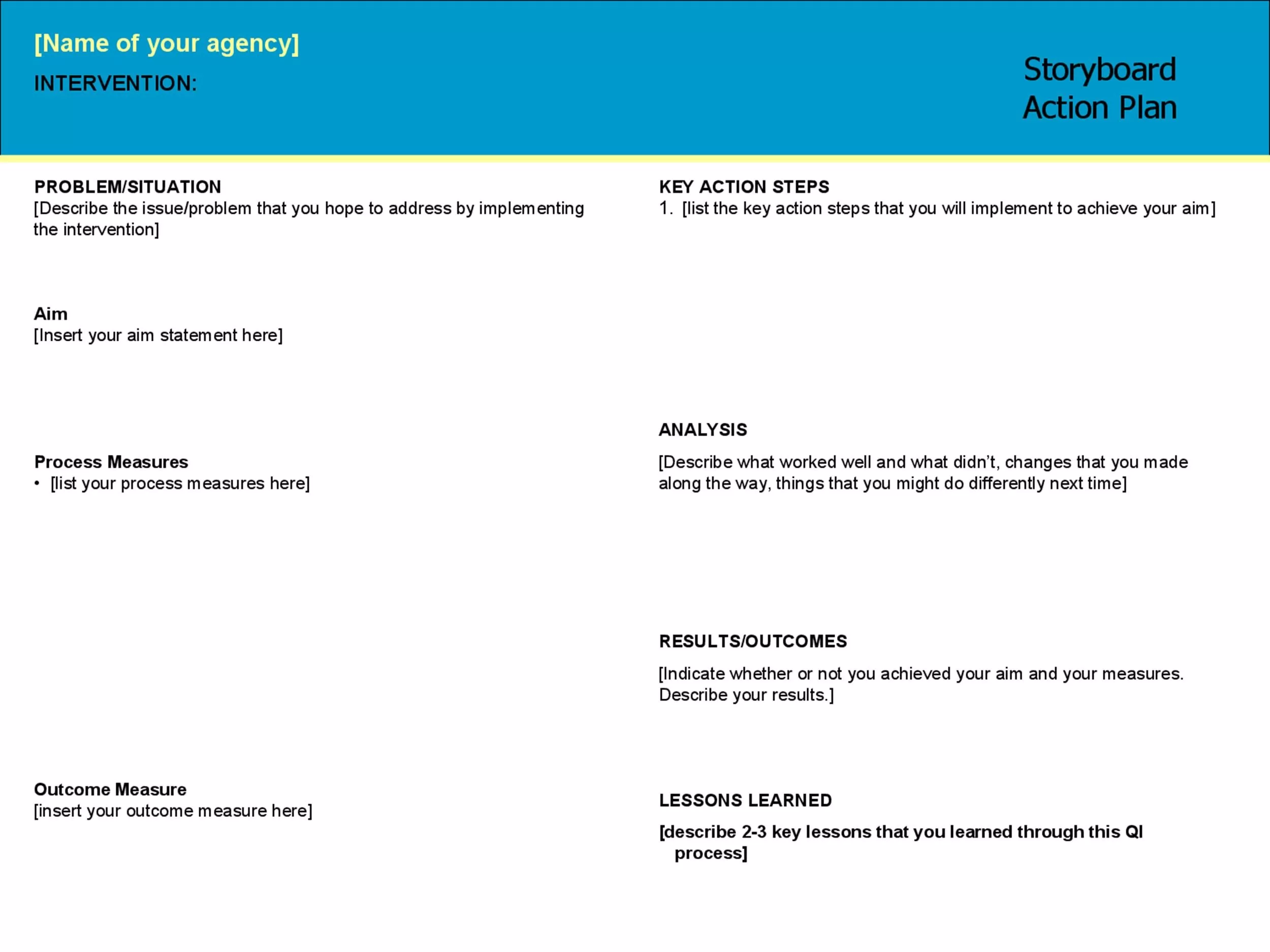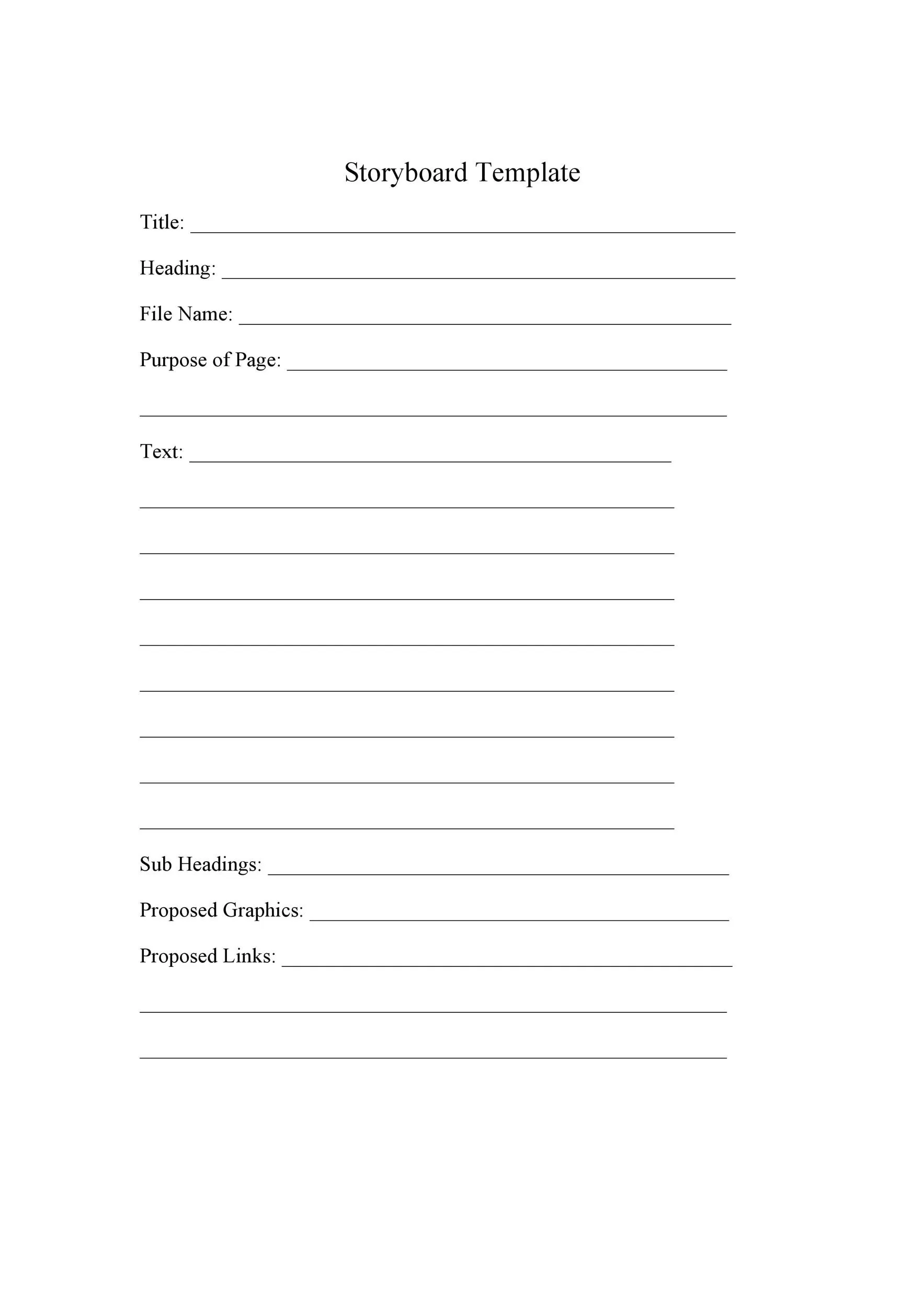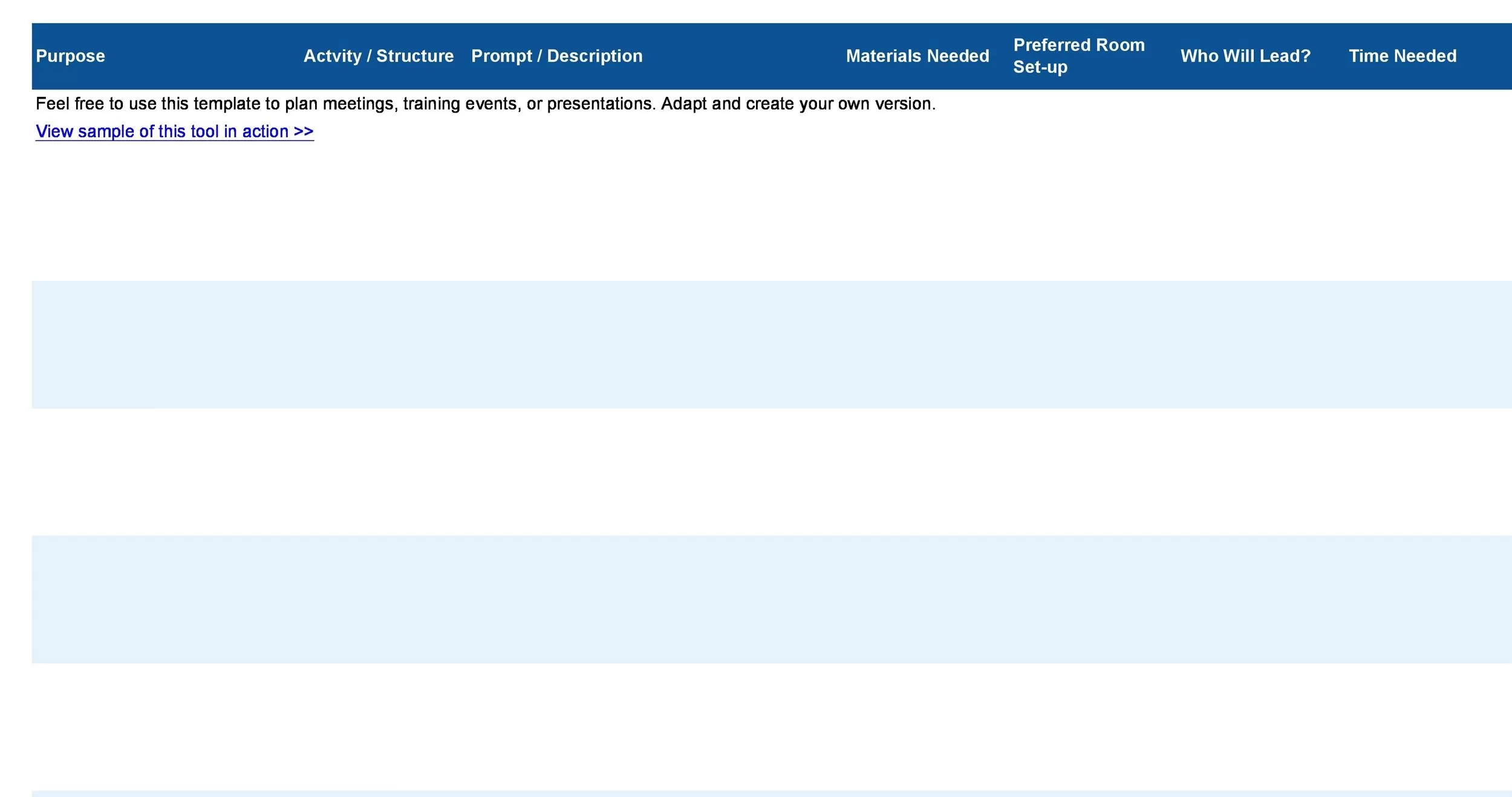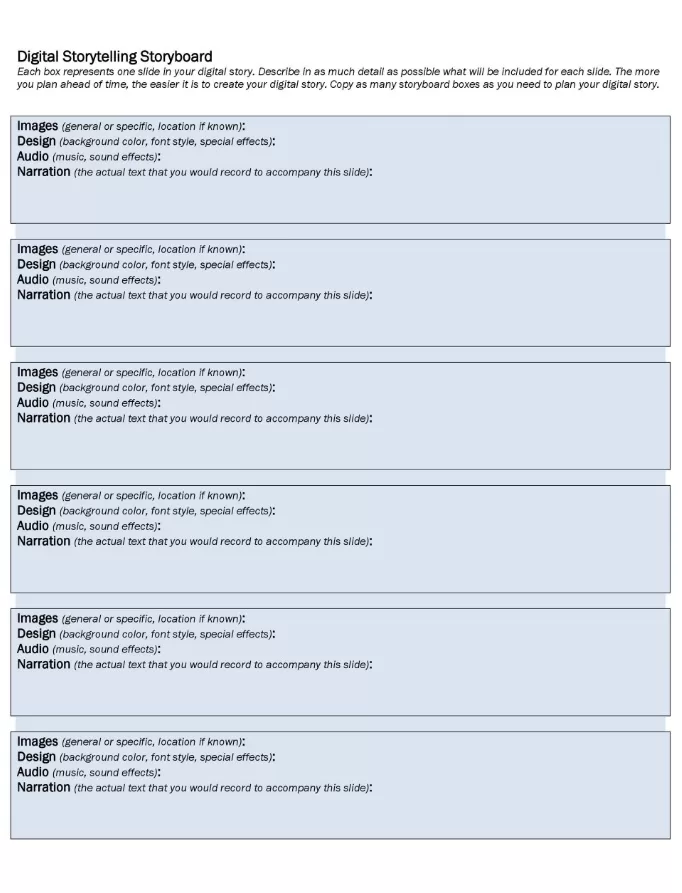Download these 46 free Printable Storyboard Templates in MS Word, PowerPoint and Excel format to assist you in this very task. You can also download these free Name Tag Templates and Cover Page Templates.
Storyboard provides a crucial role in visual storytelling. Storyboard templates act as blueprints for different forms of Narration. They make it more of creating positive order. Step by Step displays with the inclusion of actions and dialogues to be executed at each step make such arcadian templates possible. Creativity is just a virtual aspect until those thoughts are put to productive use where the real production starts. This stage of visualization helps to correct reasons and reconnect flows to the story.
Contents
Definition and Purpose of Storyboard Templates
A Storyboard template has already been laid out with the aim of assisting you to plan the visual sequence of a project. Storyboards are typically presented in a series of connected boxes framing scenes or shots and contain a relevant series of boxes or frames, each of which is a single scene or shot with room for notes, dialogue or even camera directions. All these templates are devised to help present abstract ideas in an explicit and clearer form and to execute them because of the clarity achieved. They are useful in different industries such as film making, animation, advertising, education or any other field that requires marketed thinking such as UX/UI design.
Importance in Visual Storytelling and Project Planning
There is no denying the importance of a clear and coherent plot when it comes to visual storytelling. Storyboard makes it possible for both the mouse and the pen by outlining the story, controlling the speed at which the elements are displayed, and providing a plan for transitions, which is extremely important during the doing of an animation. It is a social instrument which helps people communicate because each member of the team can see clearly what the project is all about. Furthermore while making the plans for a project, these are very useful as they help in estimating the amount of resources needed or the timeline for completion or carrying out the relevant risk analysis as the entire project with its presumed deliverables is shown on paper. Organization and timeliness can be improved by broadening environment and skills when using these modalities.
Key Features of Effective Storyboard Templates
Prior to exploring different categorical and utilization aspects of storyboard templates it is highly preferable to consider the functionality of a storyboard template. Beyond appealing visuals a storyboard also has to contribute to the work of its users in terms of simplicity, innovation and joint implementation at all stages of the course of work on the project. As much as there is storyboarding for movies, cartoons, advertising, and education, the impact of the board is upon its full construct and how those constructs integrate with the processes of the creative or tactical group.
Essential Elements: Panels, Scenes, Notes, and Timing
At the heart of any Storyboard template, is a series of panels or frames. Each panel or frame describes a scene or a visual moment of the story. One by one, they mitigate story’s flow visually. However, along with each panel, there is an indicated area for describing scenes, giving character cues or indicating actions. In addition to simple templates there are also extended templates where there are notes, dialogues, camera angles or even time checks sections for their creation so that the directors or the animators or the designers need not to place those production details elsewhere. These little boxes help one make their graphics speak a lot about the purpose of the scene.
Customization Options for Different Projects and Industries
Not all storyboard templates are created equal. While rigid dishes demand strict uniformity, flexible ones, on the other hand, propose that users shape and customize the dish, so it fits their specific business or project. For instance, in the case of an advertisement storyboard, there will be features such as space for brand-voice, a call to action, and duration of each shot. In contrast, a UX design-style storyboard will have user‘s paths, navigation and wireframe patterns as a priority. Appropriate form has several paper formats and paper-less options i.e. complex form cannot be changed to fit the new project’s structure without distorting its originality.
Accessibility and Ease of Use
A good storyboard template is one that offers effortless usage even to those who are not inclined towards design. Therefore, it should comprise simple, clear design and good helplessness projection order. They should work with generic software tools or products and be easily uploaded to the web for further evaluations and responses from others. This gives prominence to all the character role names in discussion, be it directors, designers, clients, or stakeholders, in a real engagement with the board and its subsequent implementation. For this reason, templates that are user friendly turn out to be a useful resource when it comes to creative looking and desert modernism.
Types of Storyboard Templates
Storyboarding is very flexible and should be undertaken on a case to case basis storyboard. This is because thinking through various templates helps the team understand which type of storyboard is suitable according to the end goal, end user and the characteristics of the tool. A diagram or template that works does more than sharpen the view, it ensures that all the elements of this story – content as well as format, fit in with the production processes and team communication.
Film and Television Storyboards
A storyboard is one of the tools used to visualize every scene of a film or series before the actual shooting of the film or series. In almost all such templates, there would most likely be a series of extensive visual panels, with space left aside for the camera strategies, dialogue, scene numbers, and time codes. They are very useful to directors, camera operators, if any, editors, and many others for planning each shot for a sequence, assessing the technical work required, and keeping continuity. They are often filled with minute details, consisting of the constituents of the visual image, the rhythm, the feelings to be expressed in the scene, etc.
Animation and Motion Graphics Storyboards
Storyboard templates for an animation series usually require much more detail as compared to those for a live action film. This is because every action and artistic element needs to be drawn out and timed accurately in the latter. Such templates come with numerous smaller dartboards to fit elements that need to be animated one after the other, as well as voice over instructions, transitions and various sound effects. An explainer video or motion graphics uses such a storyboard in order to show how the text, icons or animations may appear and be animated.
Marketing and Advertising Storyboards
When working with campaign ideas in marketing and TV embedded video commercials, it is called a storyboard – a means to build up a story towards a concept, include branding and then convince the client to approve. Storyboard templates often have graphic panels plus spaces for text, the voice over, visual elements, and even the closing call to action. They are produced for this reason – to keep the creative idea in line with the campaign strategy and able to satisfy the target market.
eLearning and Instructional Design Storyboards
Storyboard applications are employed in education to outline the course of the lessons and content, which may be in the form of graphs, animations, or text. These instructional strategies focus on the flow of information in methodical steps, interaction with different interfaces for the users, and learning goals. Storyboard formats are likely to incorporate frames for insertion of text on screen, voice, graphics, and questions. What is more, such storyboard templates aid developers of such content to match modern educational experiences in terms of structure and organization.
UX/UI and Product Design Storyboards
As part of the product development process, developing Storyboard is very useful just like it is in films as it helps demonstrate the user journeys and how this entails from one window to another, or from one screen to another, and software patterns. Storyboard templates adhere to this documentary approach of innovation and development describing mock-up models of products, their styles and functionalities, and how the system behaves for each user action. They are most useful at the initial design stage where sketches of purposes and users’ interactions with the product from start to end are needed. Their purpose is to provide designs that are easy to use and fit within the user and business expectations.
How to Choose the Right Storyboard Template?
Whether designing something or implementing any plan, choosing a suitable storyboard template is always the first crucial step that can affect the productivity and longevity of your work in one way or the other. A good template will not only fit the visual and storyline elements of the project but also the requirements of the member team and other stakeholders. However, an inappropriate design or a too complicated style may delay the working process, while a good one facilitates the execution of the production and helps the creativity during the process.
Assessing the Specific Needs of Your Project
In what ways do storyboards change depending on the kind of the project? Does the project involve social media platform? If so, it is wise to utilize a storyboard for it. Since commercials on social media are very short, a few panels and basic outlines of the script are enough to make a good commercial out of it. On the other hand, looks at a feature film or an animation, such works would need complex, several pages long ones that are without the exception camera cases, lighting, and the dialogue box. Likewise, those who are employed as practical designers or even teachers might be in need of templates that focus more on interaction, the flow of activities, and the clarity of instruction than cinematic frames. Knowing how your project is going to be told, who it is for, and what it takes to achieve it facilitates the elimination of less appropriate structures.
Considering the Number of Scenes and Complexity
There is a direct correlation between the extent of the storyboard and the total number of the frames or panels in it. There are far simpler storyboards for short videos and presentations which may entail only a few boxes on a page. On the other hand, some projects will certainly be more cumbersome and if that is the case, one will need a template with multiple boxes for scenes and notes. Determining an appropriately sized template takes into cognizance the number of empty scenes so as to avoid the partitioning of the entire work into colored folders and promotes easy movement during revisions.
Evaluating the Format: Digital vs. Printable
Storyboard templates are offered either in digital format or printable format. People tend to choose one over the other depending on their style and how they operate as a team. In case of remote working and use of interactive application with a module like Boords, Canva or Google Slides, digital Storyboard materialism is appropriate. When it comes to brainstorming and in person meetings that may require fast sharing of sketches and comments, print templates may be more usable. Therefore, understanding the appropriate fit that helps in delivering quality work, ensuring effective team communication, and at the same time accommodating different demands of the project as it progress and effectuate without losing the form or quality is crucial.
Choosing the right storyboard template is just the start. In order for this tool to yield benefits, such a practice should be embraced that ensures use of the storyboard to achieve any envisioned purpose in the entire creative or production process. A ‘Storyboard’ should not remain stagnant, but appropriate for the current situation, stimulate communication, and provide a unitary picture of complex thinking. If used appropriately, the placed in ‘storyboard templates’ do not remain in altered format but become an essential structuring component for the project.
Ensuring Clarity and Simplicity in Design
Storyboard design is one of the key elements within this discipline. That implies clarity, transparency as well as an ordered presentation are very important factors in order to work with storyboard templates efficiently. Occupying every single space in the charts with texts that carry a lot of information or too many pictures may give a headache to the team members as such storyboarding would not be useful. Every grid defines a trance or focal point devoid of any confusion employing an objective and precise summary supporting the image direction. Order in the size of the scale, the style of the drawing, the organization of the text in tables and so on is called scaling also and it is used by storyboards to enable easier uses especially when the board is debated between or to a team audience or even clients.
Communicating Expectations and Instructions Effectively
Storyboard comes in handy only if everyone makes use of it to communicate effectively among themselves. There is an urge to ensure that all notes added regarding the speeches, the positioning of cameras, lens changes and how the characters interact with the user experience, are not left to interpretation. Do not write ‘pour’ notes, but instead ‘hey look, this is how you pour’ notes. However, the storyboard may look and sound, to a cinematographist, the one working in animation or programming instead of a teacher, this communication affects the degree to which the ‘dream’ is achieved in the other aspects of work the participants will be doing after.
Maintaining Consistency and Version Control
In the course of projects, adjusting of the storyboard is bound to take place. If there is no proper way of noting those changes, the team can easily get out of sync. It is a best practice to make smaller incremental saves, tagging each change appropriately, and keeping the storyboard on a commonly accessible repository where other project stakeholders can obtain the latest version available. In digital environments, this is accomplished by using platforms such as StudioBinder, Boords or Google Drive cloud storage storyboard templates which help incorporate changes that do not distort the most important past versions. With consistent file name conventions, common storage areas, and facilitated feedback loops, it is made sure that the storyboard always serves its purpose as a current map for the development.
